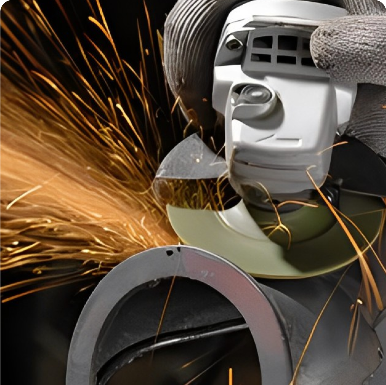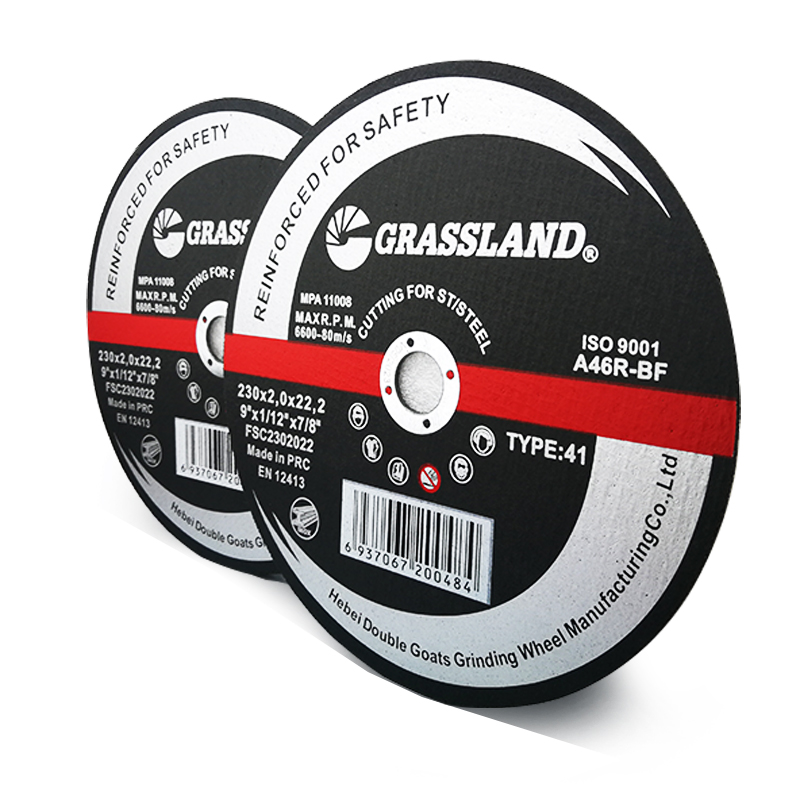Understanding Angle Grinder Flap Discs for Woodworking
Angle grinders have become indispensable tools in woodworking and various DIY projects, offering versatility and efficiency. Among the various attachments available for these powerful tools, flap discs are particularly noteworthy. This article delves into the utility, types, and best practices for using angle grinder flap discs specifically designed for woodworking.
What are Flap Discs?
Flap discs are abrasive tools made of multiple overlapping pieces of sandpaper or other abrasive materials attached to a backing plate. They are designed to be mounted on an angle grinder, enabling the user to grind, sand, and polish surfaces effectively. The layered design of flap discs offers significant advantages over traditional sanding discs, including greater surface area, better cooling properties, and improved durability.
Types of Flap Discs
Flap discs come in various materials and grits, each tailored for specific applications in woodworking
1. Zirconia Alumina These discs are robust and long-lasting, making them ideal for heavy sanding tasks on hardwoods. They are known for their aggressive cutting ability and can withstand high pressure, allowing for effective material removal.
2. Aluminum Oxide Often the most common choice for general-purpose sanding, aluminum oxide flap discs work well on both softwood and hardwood. They offer a good balance between durability and cutting efficiency.
3. Ceramic Grain For the most demanding jobs, ceramic flap discs are designed for fast removal rates and longevity. They are especially effective on tough wood species and in high-production environments.
4. Graded Grit Sizes Flap discs come in a range of grit sizes, usually from coarse (40-60 grit) to fine (120-220 grit). Coarse grits are suited for heavy material removal and shaping, while finer grits provide a smooth finish and polishing.
Advantages of Using Flap Discs on Wood
1. Efficient Material Removal Flap discs offer a high material removal rate, allowing woodworkers to shape and finish surfaces quickly. They are particularly effective for flattening and smoothing rough areas.
angle grinder flap disc wood

3. Better Control With the ability to use flap discs at different angles and pressures, users can achieve precise results. They provide more control compared to traditional sanding methods.
4. Reduced Dust Generation The design of flap discs typically produces less dust compared to belt sanders, making them more favorable for indoor projects and minimizing cleanup efforts.
Best Practices for Using Flap Discs
1. Choose the Right Disc Select a flap disc that matches the wood type and desired finish. For instance, use a coarse grit for heavy material removal, and transition to finer grits for finishing tasks.
2. Maintain Proper Speed Operating the angle grinder at the recommended RPM for the specific flap disc is crucial. Too high a speed can cause overheating and reduce the lifespan of the disc.
3. Apply Even Pressure Avoid pressing too hard on the flap disc while sanding as it can lead to uneven surfaces or gouging the wood. Allow the tool to do the work.
4. Wear Safety Gear Always wear appropriate safety equipment, including goggles, gloves, and a dust mask, to protect against flying debris and dust.
5. Regularly Inspect the Disc Check for wear and damage before usage. Replace discs when they become worn down or lose effectiveness to ensure optimal performance.
Conclusion
Angle grinder flap discs are an invaluable asset for any woodworker. Their versatility, efficiency, and ability to achieve precise finishes make them a go-to choice for both hobbyists and professionals alike. By understanding the types and best practices for using flap discs, woodworkers can enhance their projects and achieve the best possible results. With the right tools and techniques, the possibilities in woodworking are endless.
Post time:Dec - 03 - 2024

















